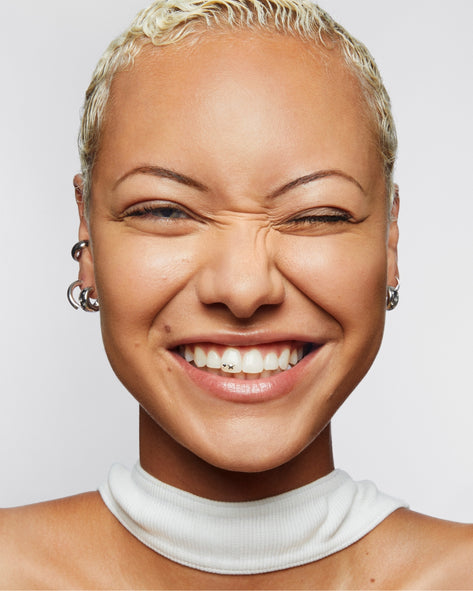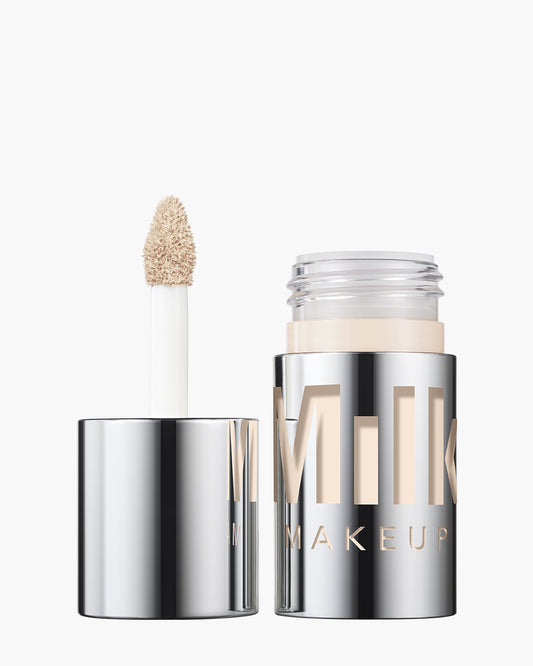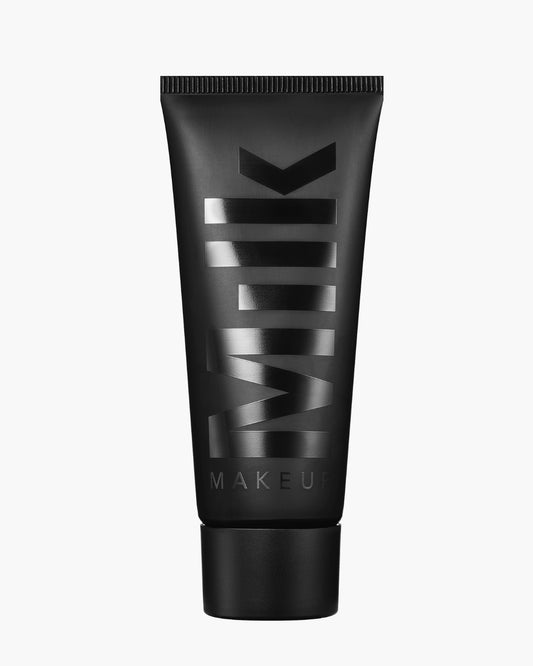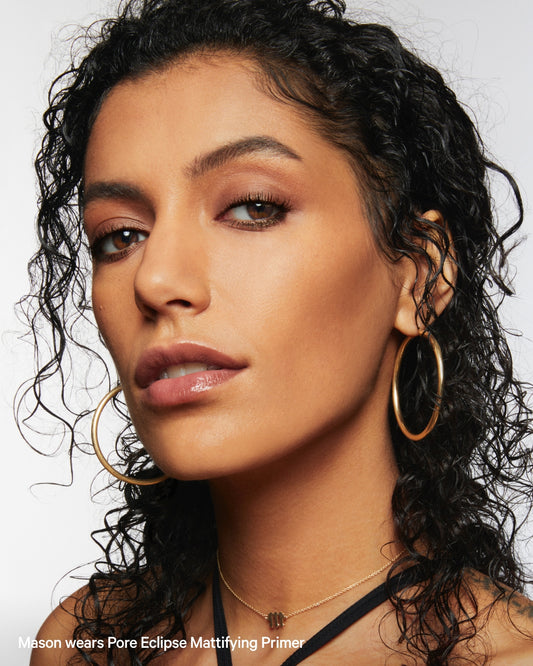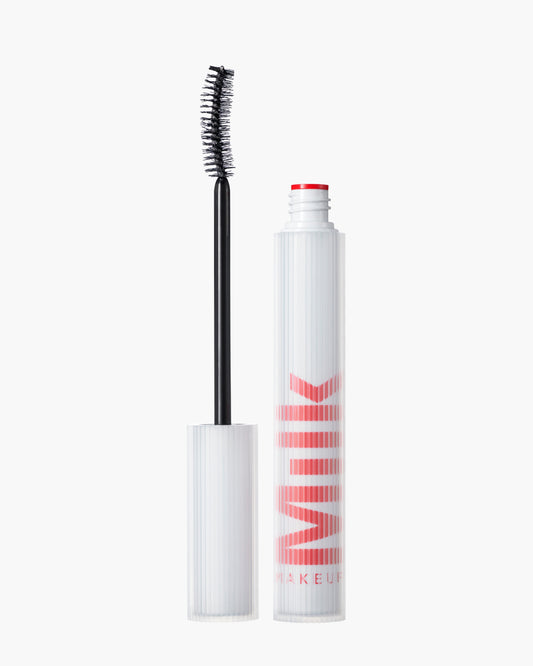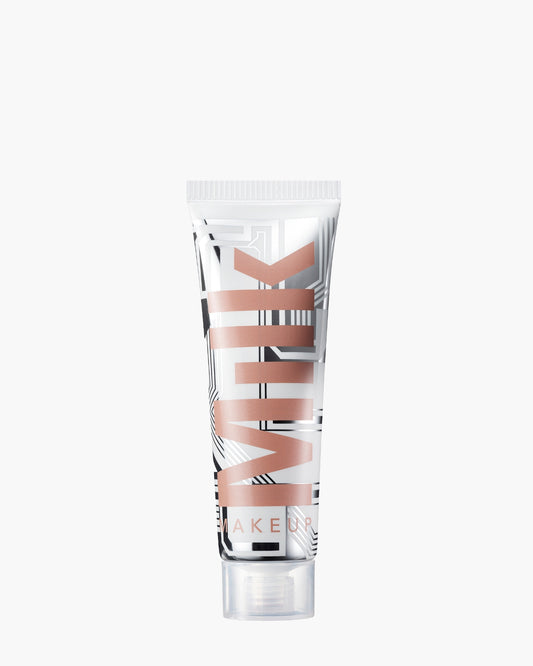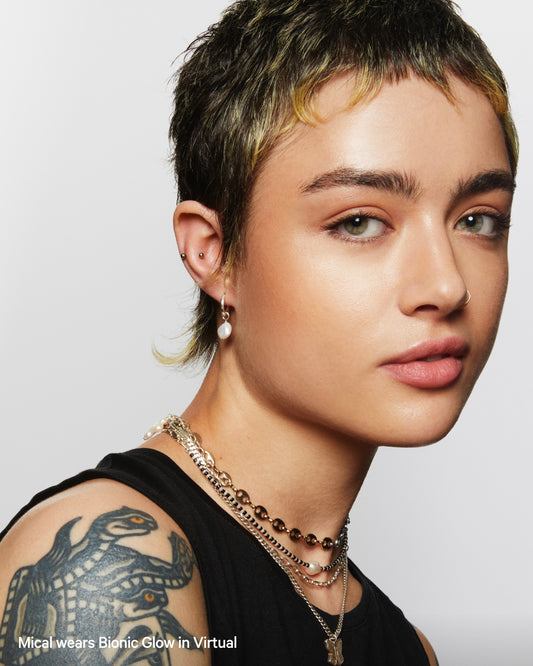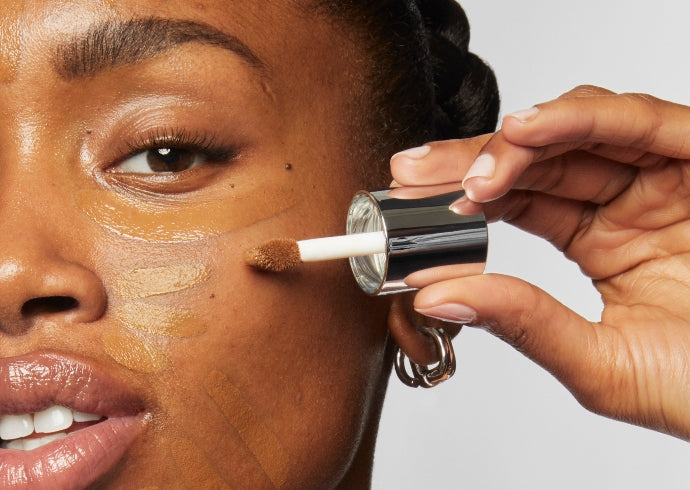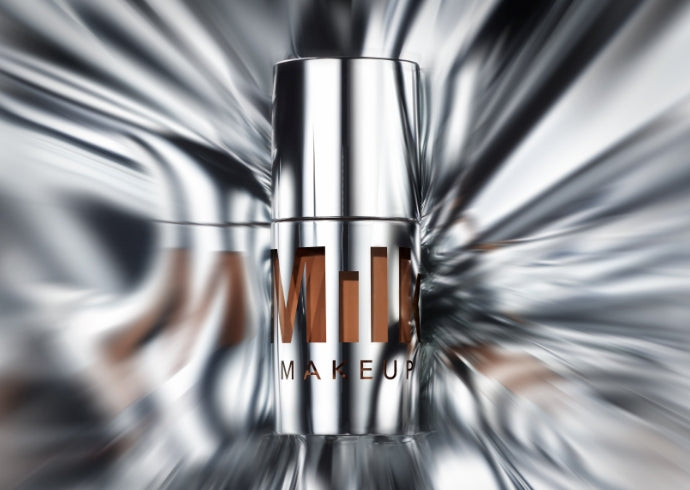If you’ve ever been frustrated at the mystery that is color-matching your foundation shade, good news: Understanding how to find your undertone can help take a ton of the guesswork out of it. That’s because undertones play a surprisingly big part in getting a match, whether you’re swatching foundation or concealer. “Choosing the right undertone allows you to get the right foundation shade that seamlessly and naturally blends into your skin tone,” says Sara Wren, our Director of Artistry.
While you might already be familiar with the concept of cool and warm undertones, there’s more that goes into it (not to mention a whole lot of options in between). To help you navigate them all, we asked the experts to break it down. Below, everything you need to know about the different undertones, including how to find yours. You’ll never feel stumped again when shopping for the best foundation, skin tint, and concealer for all your makeup looks.
What is my skin undertone?
Put simply, “undertone is the hue of your skin,” Sara explains. That said, it’s not the same as your skin tone, aka the depth of your skin, which can also change; more on that in a sec. Undertone is—as the word implies—the underlying color of skin, which spans from warm (like gold) to cool (like pink).
What’s the difference between your skin tone and undertone?
Trying to parse the difference between your skin tone and your undertone? Skin tone refers to the depth of your skin—think, fair skin, medium skin, or deep skin. Skin tone is also determined by the amount of melanin in your skin, and is subject to change depending on factors like sun exposure. Undertones, on the other hand, are the permanent, underlying base color of your skin, which fall into the category of warm colors or cool colors.
What are the different kinds of undertones?The types of undertones span from warm, to neutral, to cool. While cool and warm undertones are quite opposite, neutral undertones offer the best of both worlds. Cool undertones“If your skin has a blue or pink hue, that would be classified as cool undertones,” Sara says. Warm undertonesPeach, yellow, and gold colors tend to constitute warm undertones. Neutral undertoneNeutral undertones has a combination of both cool and warm hues, like pink and peach. Olive undertonesOlive undertones are actually ashy or gray in tone—so, while they tend to be lumped in with warm undertones, that’s not actually the case. (If anything, they’re closer to neutral undertones.) |
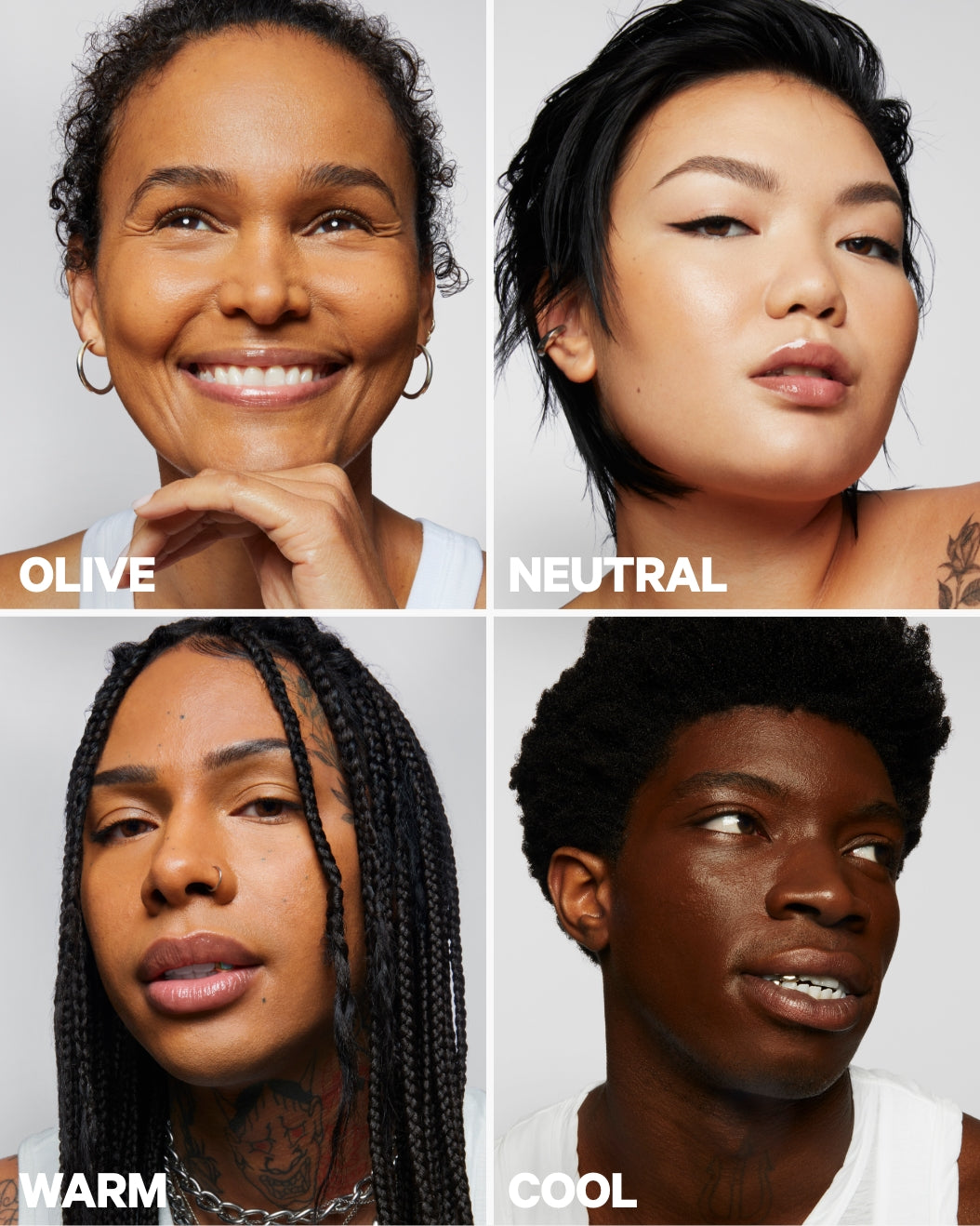
|
How to Tell Which Undertones You Have
Some say to use your hair color, eye color, or a dedicated chart to gauge your undertones, but we recommend looking at the source: your skin. Pairing it with other materials—or even just taking a really close look—can help you get a sense of what your undertones are. You can also do one or all of the methods below to figure them out, which is especially helpful to determine if you have neutral or olive undertones.
Option 1: Checking your skin under natural light
First, make sure you’re working with clean skin and find natural lighting, like a window or anywhere outside. Then, look at your skin in a mirror. “Do you see an allover olive hue, or a cool-toned pink?” asks Sara.
Option 2: Checking your veins to find your undertone
Look at your inner wrist and see what color your veins are. If they look blue, they indicate a cooler tone, while green indicates a warm tone. If some veins look green and others look blue, you have neutral tones.
Option 3: Trying the jewelry hack
There’s also a jewelry hack to determine your undertones (which is why it’s a part of our Concealer Shade Finder tool). People with cool skin tones tend to prefer the look of silver jewelry on their skin, while those with warm undertones usually like yellow-gold jewelry. No preference? You’re probably neutral.
Option 4: Using white paper
The last trick involves a simple piece of white paper. Hold the paper up to your face, and look at your skin. If your face has a pinkish hue compared to the paper, you’re cool. If your skin has a yellow tint in comparison, you’re warm. Neither? You guessed it—you’re neutral. (No printer? No problem: Anything that’s a true white, even a T-shirt, will have the same effect.)
How to use your undertones to shade match
It’s essential to figure out your skin’s undertones before you start swatching. “Undertones can make or break your foundation choice,” says Sara. If you have cooler undertones, your skin can look too orange or red if you opt for a warm-toned foundation. On the flip side, a person with warmer undertones that uses a neutral foundation or concealer can end up looking ashy.
Once you know your undertones, you can then narrow down your right makeup shades. Take our medium-to-full coverage Future Fluid All Over Cream Concealer, a crease-proof, blendable formula that also features skincare ingredients like hyaluronic acid. We made it in a wide range of 30 shades, factoring in both skin tones and skin undertones, so the effect is seamless, never cakey. If you’re shopping for your perfect match, start with your skin tone, which is your allover surface color.
Our Future Fluid shades have both a number and a color: The number is the depth of your skin tone, while the letters denote the undertones: C is for cool, N is for neutral, W is for warm, O is for olive undertones (that’s right, we took the guesswork out of it for our olive friends), and NW and NC are for subtler variations within neutral (aka, Neutral Cool and Neutral Warm).
Meanwhile, our Flex Foundation Stick has 36 shades. While they follow a different shade-naming convention, clicking on each option will tell you whether the hue is ideal for cool undertones, neutral undertones, and warm undertones.
Your undertones can also influence the makeup shades that look best on you. For instance, if you have cool undertones, opt for similarly cool shades, like Odyssey Lip Oil Gloss in Soul Search (a pale pink). Warm tones, meanwhile, might want to try Lip + Cheek in Quirk, a spiced rose hue. Got neutral undertones? It’s hard to go wrong with any of our products in the shade Werk, a dusty rose that flatters all. (Keep in mind, however, that makeup is ultimately a matter of preference—so if you have a cool undertone and want to wear a rich coral lipstick, feel free to do just that.)
Remember that ultimately, “undertone is there to help you get an even more exact match,” says Sara. And since your complexion products serve as the backdrop to the rest of your makeup, it’s worth getting it right. Now…where’s the closest natural light?
Meet the Experts:
Sara Wren (she/her) is the Director of Artistry at Milk Makeup. In her role, she does all the makeup artistry and direction for our Milk Makeup global campaigns, educates the staff and field team on application methods, stars in the brand’s social media videos, and travels to different markets spreading Milk Makeup’s good vibes. When she’s not on set, Sara loves experimenting with DIY hair colors, eating tacos, watching basketball, and scouring for vintage cosmetics to add to her impressive collection.
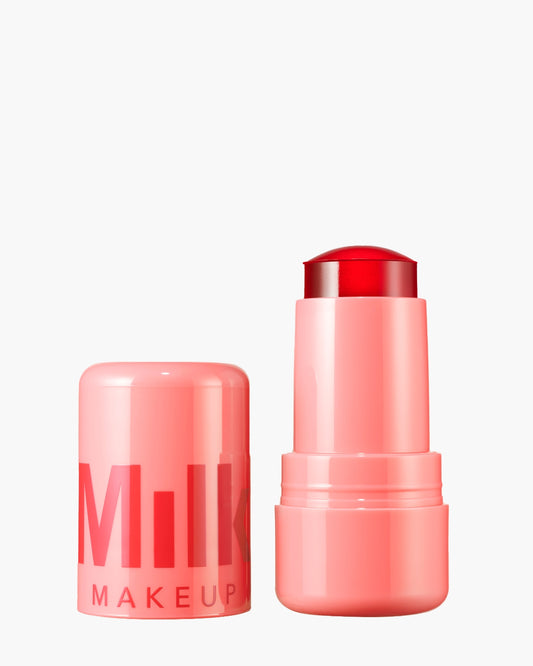
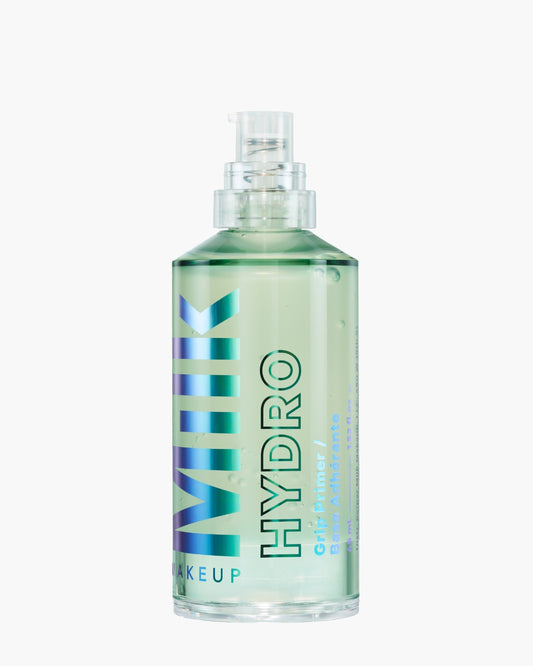
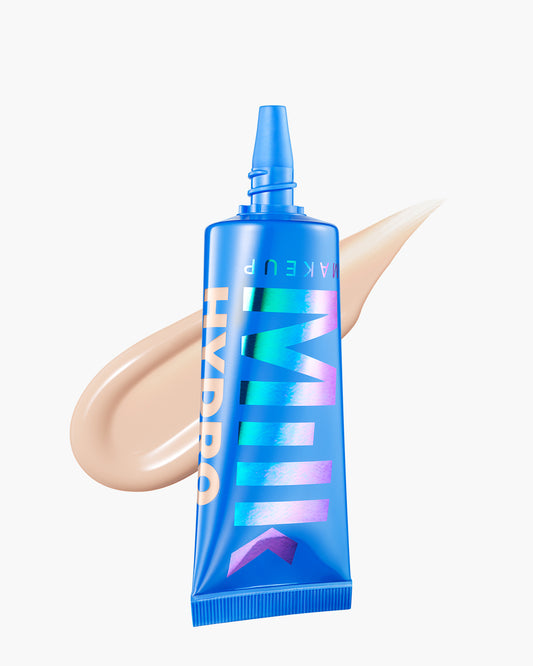
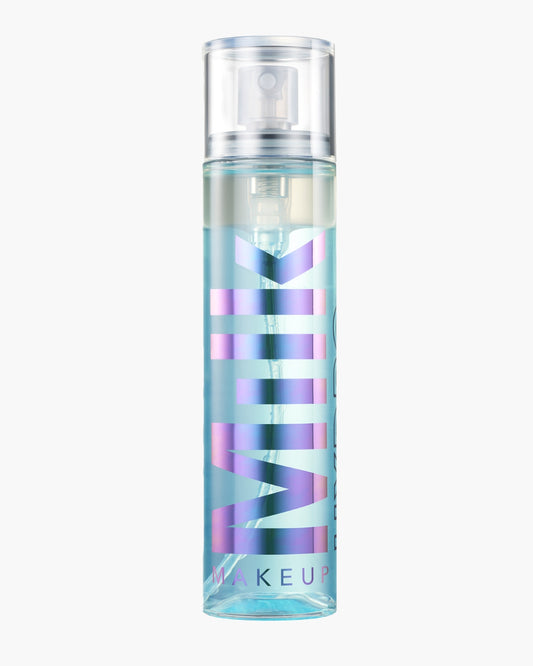
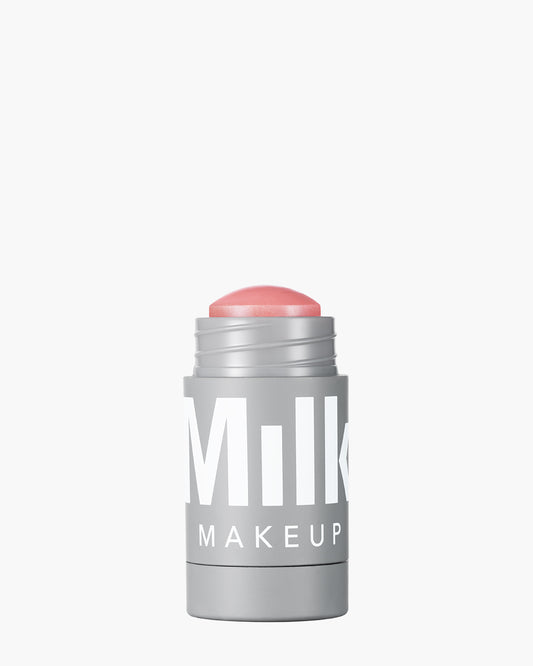


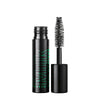
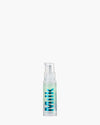


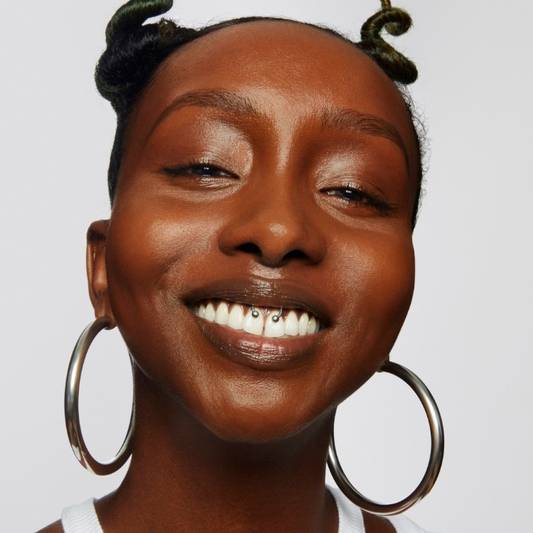
 "
"